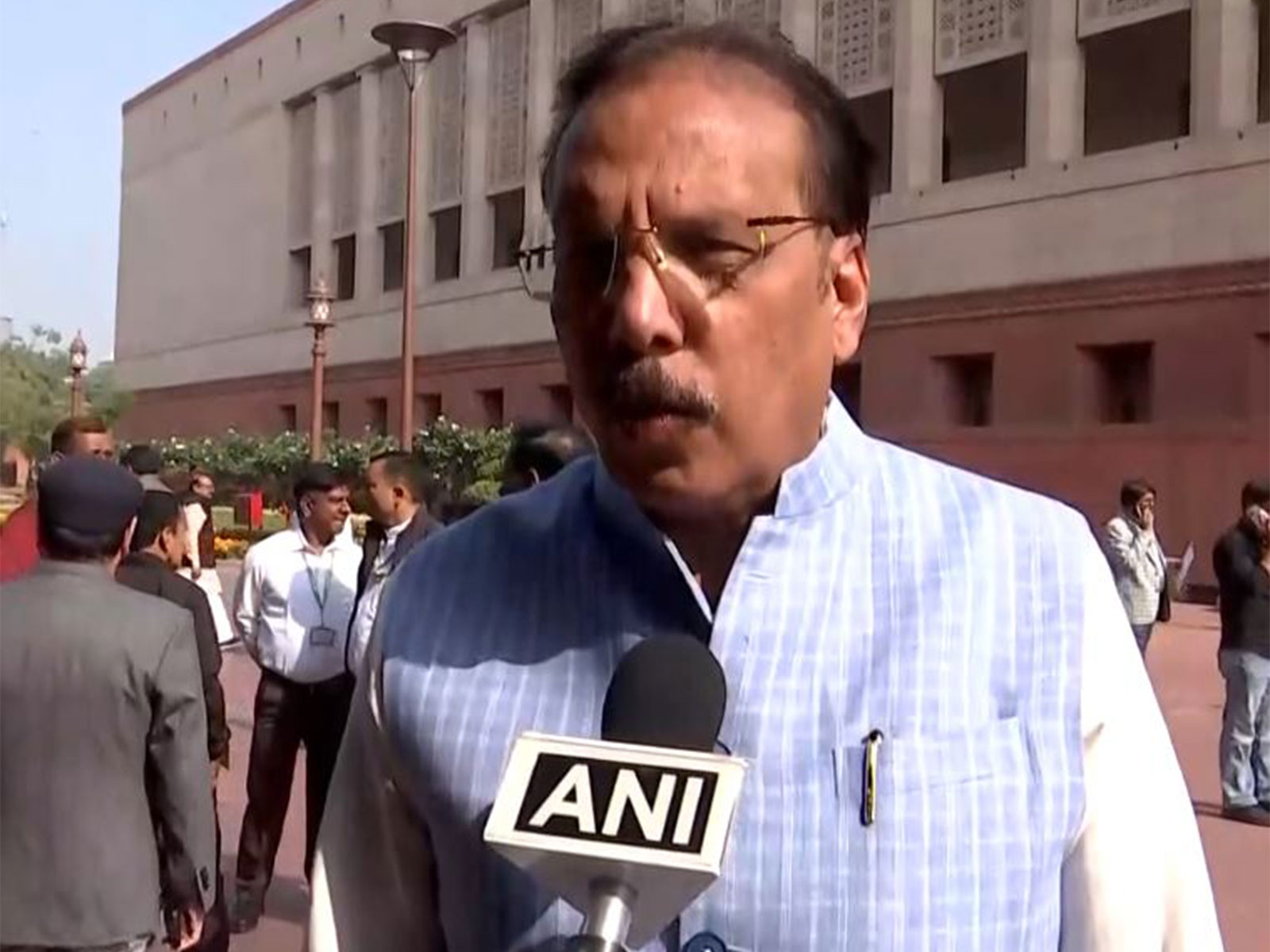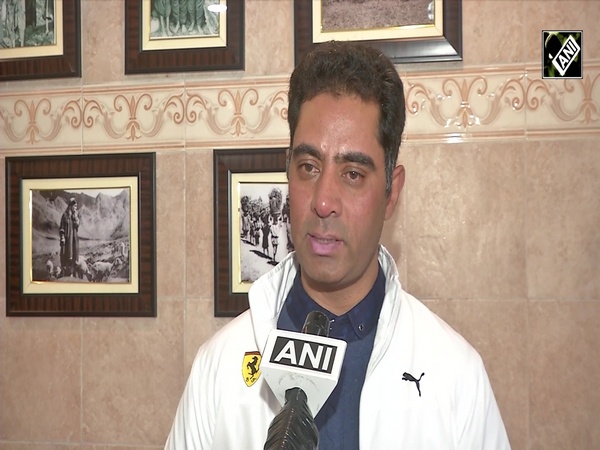Food: Hot from the printing press
Jan 17, 2022

By Pushpesh Pant
New Delhi [India], January 17 : "Proof of the pudding," they say, "is in the eating". And, "Seeing is believing," tells another adage. But, how do you react when a 3-D printed snack or steak is served to you on a plate?
3-D was once supposed to be the next big thing in cinema. There was a time when one had to wear special disposable glasses to experience the magic of 3-D. The characters seemed to leap out of the screen- the villains targeting you, the poor spectator cowering in the seat. But the technology never caught on. Large 70 mm screens and Dolby surround sound created the illusion of depth and immersion much better.
There have been attempts to revive it with films like 'Avatar' but with very little success. It's only the kids and, adults who refuse to grow up who value 3-D effects in immersive Virtual Reality.
Those addicted to Science Fiction have always been open to the idea of many more dimensions than length, width and height. But, no need to digress into abstract realms of physics and mathematics. Hasn't our food always been three dimensional?
As a matter of fact, the seductive drooling anticipation of flavours triggered by aromas, lingering taste summoned up by memories uncannily in unguarded moments remind us that the fourth dimension --time has much to do with our enjoyment of food. What then explains the exciting buzz about 3-D Printed Foods?
3-D printers made their appearance more than a couple of decades back as an innovative application of pneumatic extrusion technology and were hyped as an invention that would have applications in diverse areas--from architectural design to medicine.
The first generation of 3-D printers worked with plastic threads that could be squeezed through a nozzle liquifying them through the application of heat. Subsequent passes of the nozzle added layers over the first layer. The design of the object was fed into the computer and the printer produce cost-effective parts or prototypes. It took quite some time before chefs in the kitchen and technologists in food companies discovered this tool.
Low hanging fruit was plucked first. Companies like Hersheys tried these machines to make sugar sculptures and chocolate mousses. Then the Italian companies joined the race with pasta printers. Spaghetti with different sauces came out of the printer in individual portions closely resembling the traditional stuff. However, the 3-D printer can't meet the needs of all cuisines.
2013 witnessed the experimentation with in vitro meat farming via a 3-D printer. This was not confined to mock-vegan protein-based meats but composing chicken, beef, pork, etc from derivatives obtained in a sustainable humane manner.
The Indian Institute of Food Processing Technology at Thanjavur is one of the few places where the topic is being researched in the Indian context. It has printed customized snacks --savoury cookies as per the wishes of schoolchildren in the neighbourhood.
Those working in the labs here have the Indian context in sharp focus. Most Indians like to have their meals piping hot. Preparing an Indian meal involves more than turning meat patties or mother sauces. Vegetables complement cereals and lentils. 3-D food printers have a long way to go before they can dish out 'combos' we are used to. The spicing is multi-staged and nuanced. Food is first infused with spice pastes that are stir-fried. Then finished with 'tempering'. These operations are not easy to replicate in a printer.
The softest plastic threads are much harder and stronger than edible 'yarn' obtained from vegetables and lentils. Even if this obstacle is surmounted the problem of fragility of 3-D printed food structured would remain. The challenge of replicating shape, colour, texture and taste in recipes in non-Western cuisines is complex.
The optimists keep suggesting by-products for the 3-D food printer. These machines can be used for recycling peels and waste to produce food-grade packaging or easy to chew food for senior citizens who have difficulty in mastication.
The greatest obstacle at present is the high cost of 3-D printers for domestic use. Even in the commercial domain, post-printing processing costs aren't negligible. The slow speed of printing has also retarded the proliferation of this technology. Issues of toxicity and contamination of ingredients as they pass through the 'assembly line' of the printer persist and will have to be addressed to allay the fears of consumers.
However, there are special areas like the requirements of astronauts in space stations -- zero waste and condensed nutrition-- where 3-D printed foods may find an expanding lucrative market.
Disclaimer: The views expressed in the above article are that of the writer and do not reflect that of ANI.




















